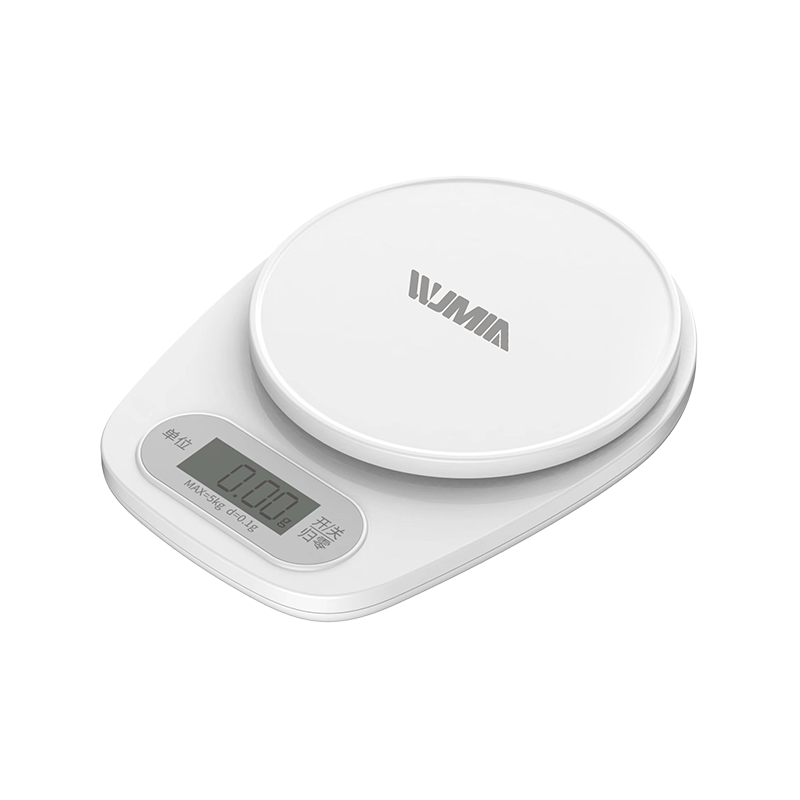
Note: Before starting the calibration process, make sure your kitchen scale is clean and placed on a flat, stable surface. Also, check the manufacturer's instructions for any specific calibration procedures they recommend.
Find the Calibration Button: Look for a calibration or tare button on your digital kitchen scale. This button might be labeled "CAL," "TARE," or have a symbol that looks like a zero or a capital letter "T" inside a circle.
Power On the Scale: Turn on your kitchen scale by pressing the power button. Wait for it to initialize and display "0.00" or the default weight.
Prepare a Known Weight: You'll need a known weight to calibrate the scale. The ideal choice is a calibration weight that matches the maximum capacity of your kitchen scale. If you don't have a calibration weight, you can use household items like unopened bags of sugar, flour, or other products with labeled weights. However, be sure to verify their weights using another calibrated scale or by referring to the product packaging.
Place the Known Weight on the Scale: Gently place the calibration weight or household item on the center of the scale's weighing platform. Make sure it stays stable and doesn't wobble.
Press the Calibration Button: Press the calibration or tare button on your kitchen scale and hold it down until the display shows the calibration process is complete. Some scales might automatically calibrate once a weight is placed on them.
Verify the Accuracy: After the calibration process is complete, remove the known weight from the scale and check if the display shows zero (or the expected value if using a household item). The scale should now be calibrated and ready for accurate measurements.
Repeat if Necessary: If your scale allows for multiple calibration points or has separate calibration settings for different units of measurement (e.g., grams and ounces), you may repeat the process with another known weight for additional accuracy.
Tips:
If your kitchen scale doesn't have a dedicated calibration button, consult the user manual to find the calibration procedure specific to your model.
Some kitchen scales might require a specific sequence of button presses to initiate the calibration process.
Calibration weights can be purchased online or at stores that sell kitchen equipment. They are often made of stainless steel or other materials and come in various weights, depending on your scale's capacity.
Remember that regular calibration is essential to maintain the accuracy of your kitchen scale. Over time, scales can drift out of calibration due to use and environmental factors. It's a good practice to recalibrate your scale periodically or whenever you move or handle it roughly.

 English
English 中文简体
中文简体 русский
русский














